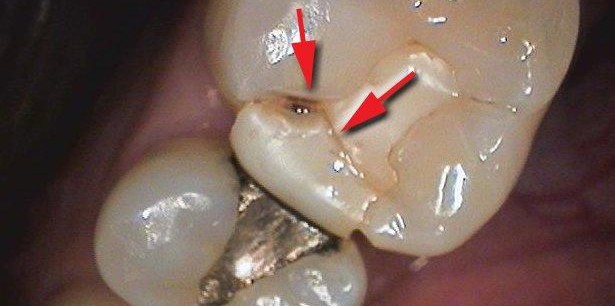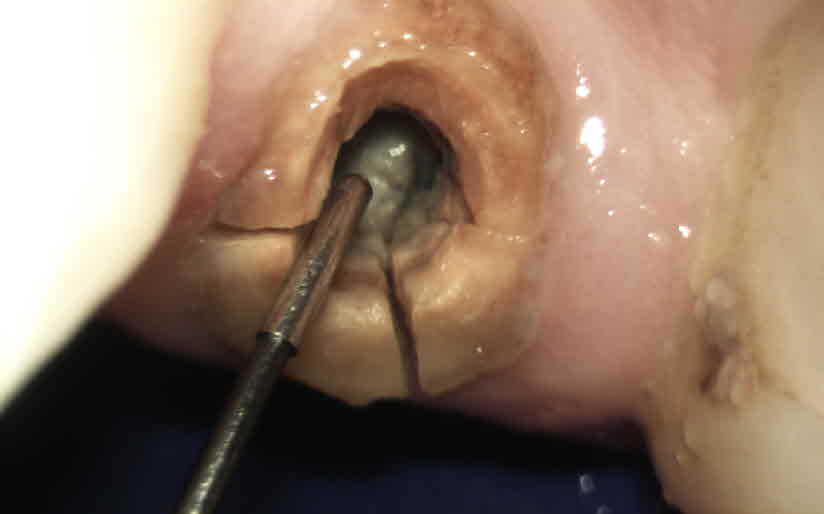Being proactive about your dental health.
If the goal for your oral health is to avoid unnecessary costs and treatment; we at Hartwell Dentistry can help you.
We are here to help you in being proactive. Being proactive means that we try to prevent an issue from occurring, which helps stop issues from damaging your teeth or gums further. This enables patients’ to complete treatment on their own terms. There are specific signs for chronic and silent damage that we look out for when completing an examination of your mouth.
We thought we would share with you a little bit about what we look for when examining your teeth and what can happen if it is left untreated.

Cracked Filling
- Over time, a filling may crack from normal eating, and especially so if the filling is large and old. Just like how floor boards can fail if the stumps are rotten, fillings may crack if the tooth under has softened due to bacteria.
- You may be at a higher risk for a cracked filling if you have previously broken teeth or fillings, if you grind your teeth or have strong chewing muscles, an uneven or unbalanced bite, and if you have destructive chewing habits like chewing ice or opening things with your teeth.
Cracked Tooth
- Sometimes a tooth breaks upon impact – such as accidentally chewing a pip or playing sport. Usually a small fracture begins at the edge of the tooth then deepens over time as you clench, grind or chew.
- Factors that are more likely to lead to a cracked tooth are; deep fillings that leave thin amounts of tooth structure, people who grind their teeth or have strong chewing muscles ,destructive chewing habits like chewing ice, sports such as hockey, football or boxing have a high risk of facial trauma.
- The fact of the matter is that once you damage a tooth it is left weak and any type of filling only further weakens the remaining tooth. This leaves it vulnerable to fracture overtime.

What happens next?
When fillings or teeth have cracks in them, not only is the tooth structure vulnerable to stress and may break at any time, but they also are at risk of developing decay. Cracks in teeth or fillings are like a canyon to bacteria, which are only a few microns in size. These bacteria ‘leak’ into the crack, spreading inside the tooth, leading to extensive damage to the tooth and nerve in the tooth, leading to sensitivity or permanent nerve damage. The difficult part of dentistry is seeing problems but not knowing when a tooth may break or a filling may chip; it may happen tomorrow, next week or next year. What we can do as dentists is explain to you, our patient’s, what we see in your mouth and what treatment is in your best interest to protect the tooth. Some of those treatment options may be, replacing the older fillings before they break, restoring the tooth with a crown or ‘cap”, advising a night guard to help protect your teeth if you grind, or adjust your
Many patients ask us what will happen if they do nothing. If cracked fillings are left untreated, decay can progress rapidly into the nerve causing an
If you have questions about old fillings or cracked teeth, please feel free to speak to our Oral Health Therapist or Dr Fleming and Dr Horng.

